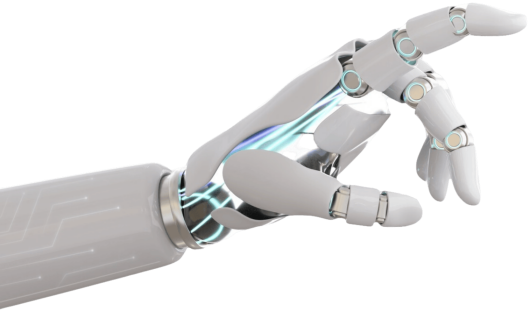
Unknown environment exploration by an autonomous robot is a complex problem that requires robustness and reliability of the applied exploration strategy. Currently, a common approach to autonomous exploration is to incrementally increase the robot’s knowledge about the environment by directing it to the regions which border currently unexplored areas (frontiers). However, deciding where to move next when multiple alternatives are present introduces an additional layer of complexity. As such, a decision might require balancing the competing high-level objectives (for example, visiting several priority locations while also reducing the robot travelled distance). This research proposes a novel environment exploration strategy and the extension for the WASPAS multi-criteria decision making (MCDM) method, modelled under the m-generalised q-neutrosophic environment, namely, WASPAS-mGqNS. The proposed method is applied to address the problem of selecting the next frontier that the exploring robot should reach. Case study results highlight how the proposed approach could be applied to minimise the robot-travelled distance and maximise the observed environment when the robot is tasked to visit several priority locations set in advance by the robot operator.
Multi-criteria decision making, m-generalised q-neutrosophic sets, WASPAS-mGqNS, Autonomous environment exploration.
Rokas SEMENAS, Romualdas BAUSYS, Edmundas Kazimieras ZAVADSKAS, "A Novel Environment Exploration Strategy by m-generalised q-neutrosophic WASPAS", Studies in Informatics and Control, ISSN 1220-1766, vol. 30(3), pp. 19-28, 2021. https://doi.org/10.24846/v30i3y202102